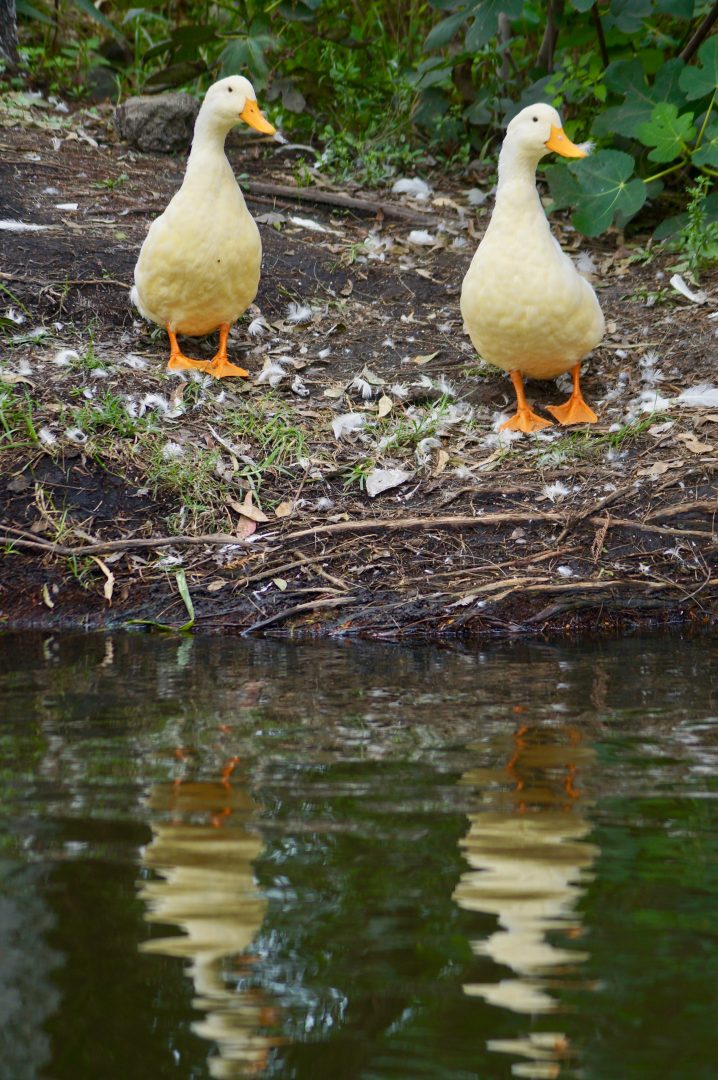Xochimilco was originally on a lake with a causeway to the ancient city of Tenochtitlan, capital of the Aztec empire. This city was founded in 1,320 and was destroyed by Cortés in 1,521 with the arrival of the Spanish conquerors. Its location is the current city of Mexico that still has many memories of its ancestors. If you want to see one of the most colorful memories, you must leave the city and go to Xochimilco.
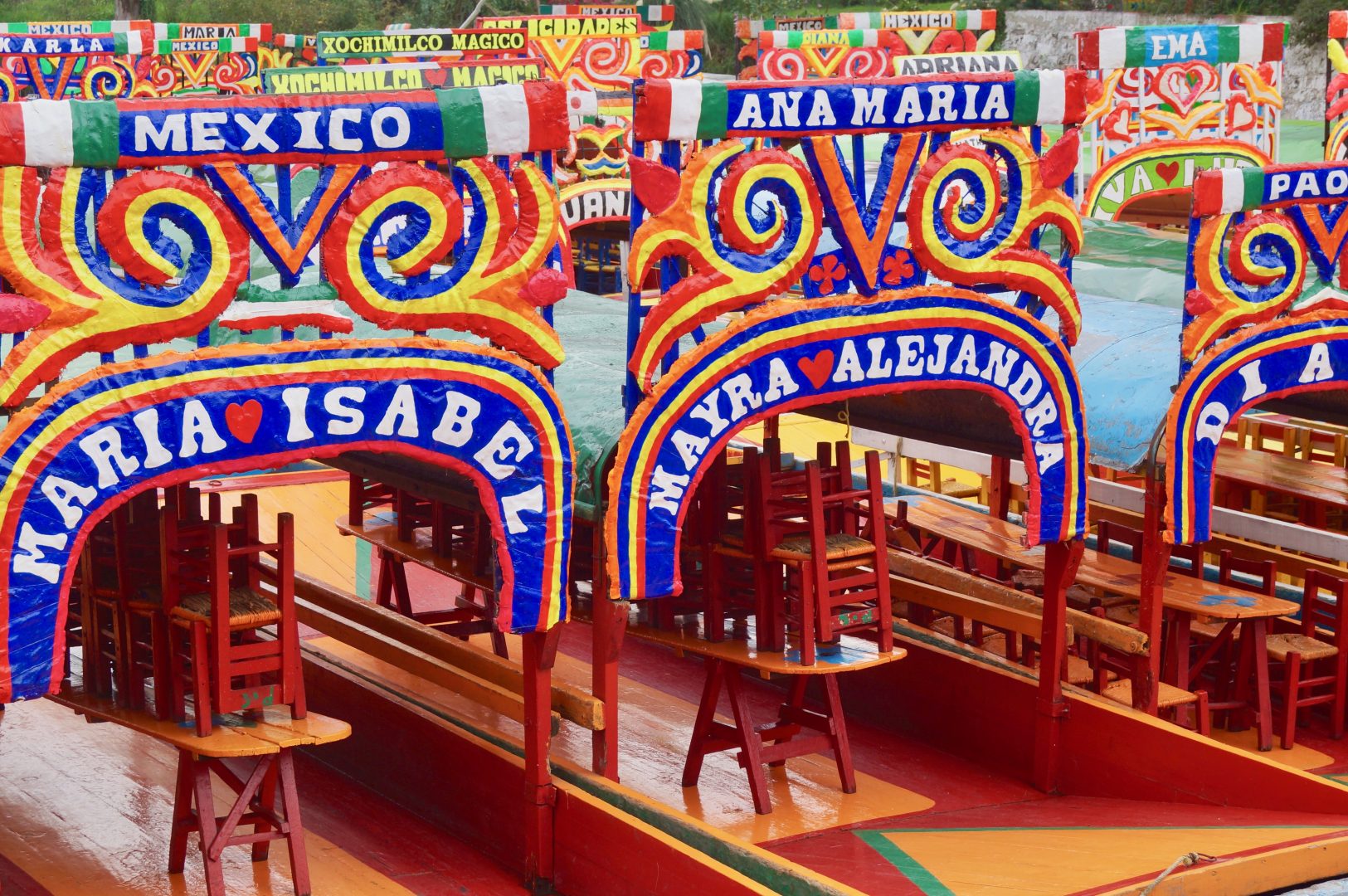
How to get to Xochimilco from Mexico City?
It is possible to go on a tour but the truth is that it is not worth it since it is very easy to go on your own using the subway which is very cheap. Find the blue line number two that takes you to the Tasqueña station. When going down you will find signs that say ‘direction to Xochimilco’ that you must follow to get on a light train that takes you over the surface. You must have a metro card or buy a ticket at the station.
Choose a trajinera
We went on a weekday in the afternoon and there were not many tourists. They told us that on weekends it is full, especially on Saturdays when they have a market. When leaving the station we were easy prey for the trajinera sellers.
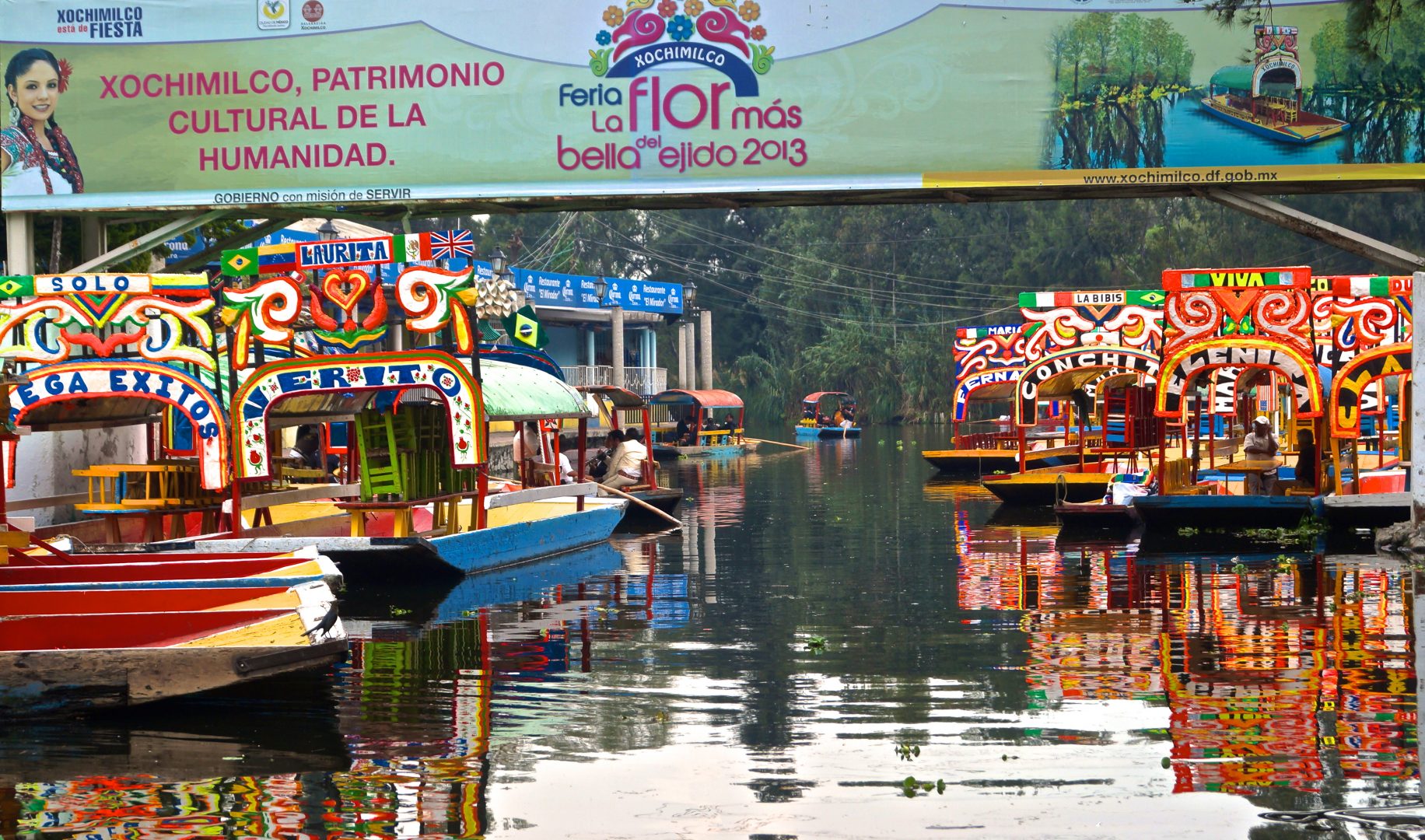
These trajinares are like the gondolas in Venice that serve to transport tourists through the canals. However, in Venice they are black while in Xochimilco they are very colorful. They reminded me a bit of the ‘red devil’ buses that you see in Panama. Each one has a woman’s name in large letters on the front. Of course, there was none called ‘Ursula’ but if I found ‘Maria del Pilar’, my grandmother’s name.
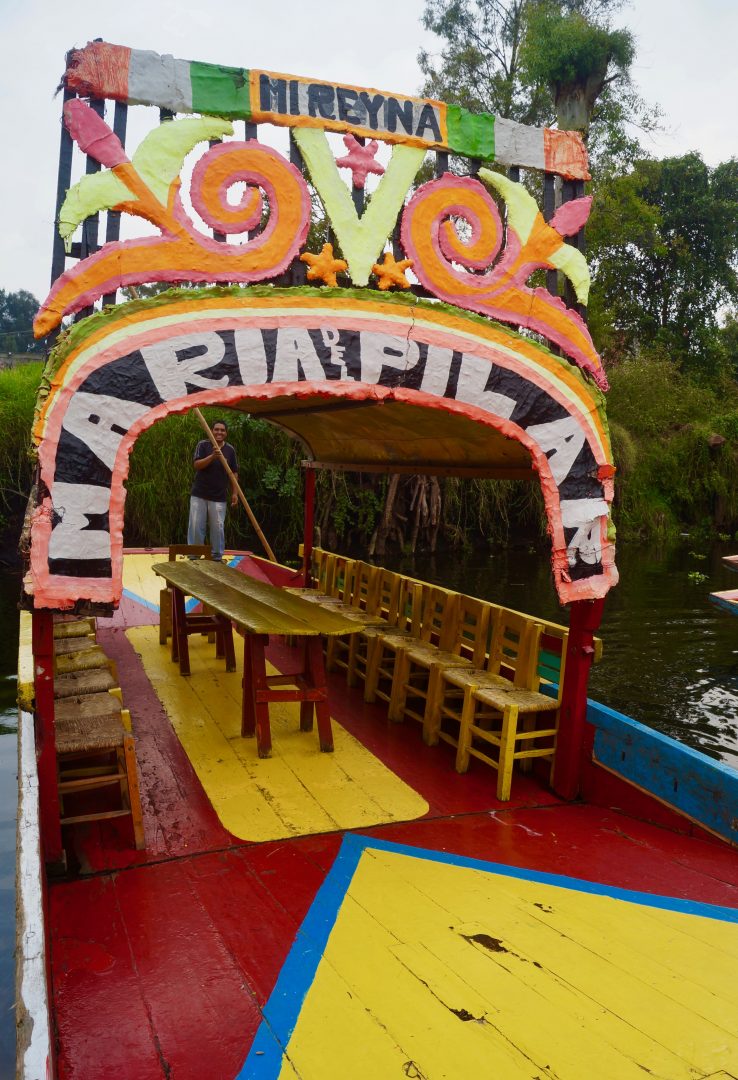
There is a maximum price established per hour for the ride but there is always someone who wants to charge you more. The prices are per boat, so you can share it with other tourists. We did not have that luck and we had to pay for a private tour, but it was not that expensive either. I think we pay about $20 per hour and it’s worth going for two hours. Before getting on we took advantage of the large number of trajineras moored to the dock to take some photos. Their vibrant colors are ideal for Instagram, so be sure to take camera.
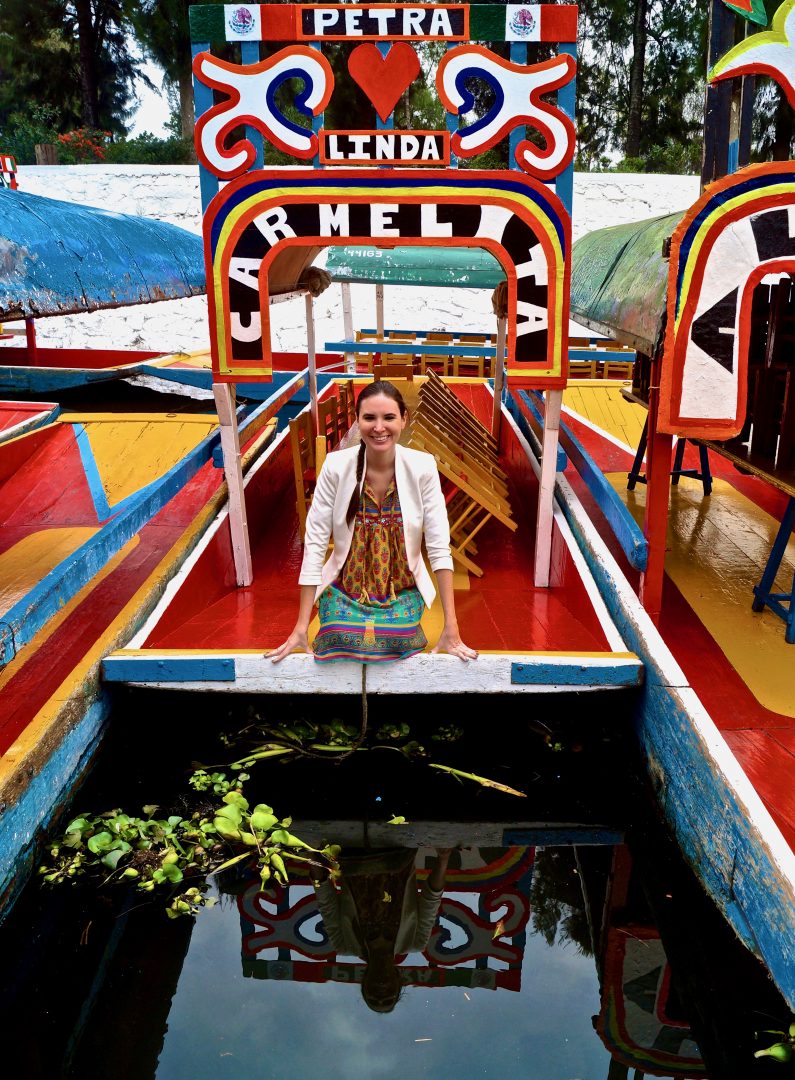

Ride in the trajinera
On your ride through the channels of Xochimilco you do not have to take anything to eat or drink, since you will have many options. Other trajineras or boats will come to your trajinera offering what they sell; the options range from corn ears, tacos, meat to caramelized apples. You can also go to the Xochimilco market before your ride to buy food.
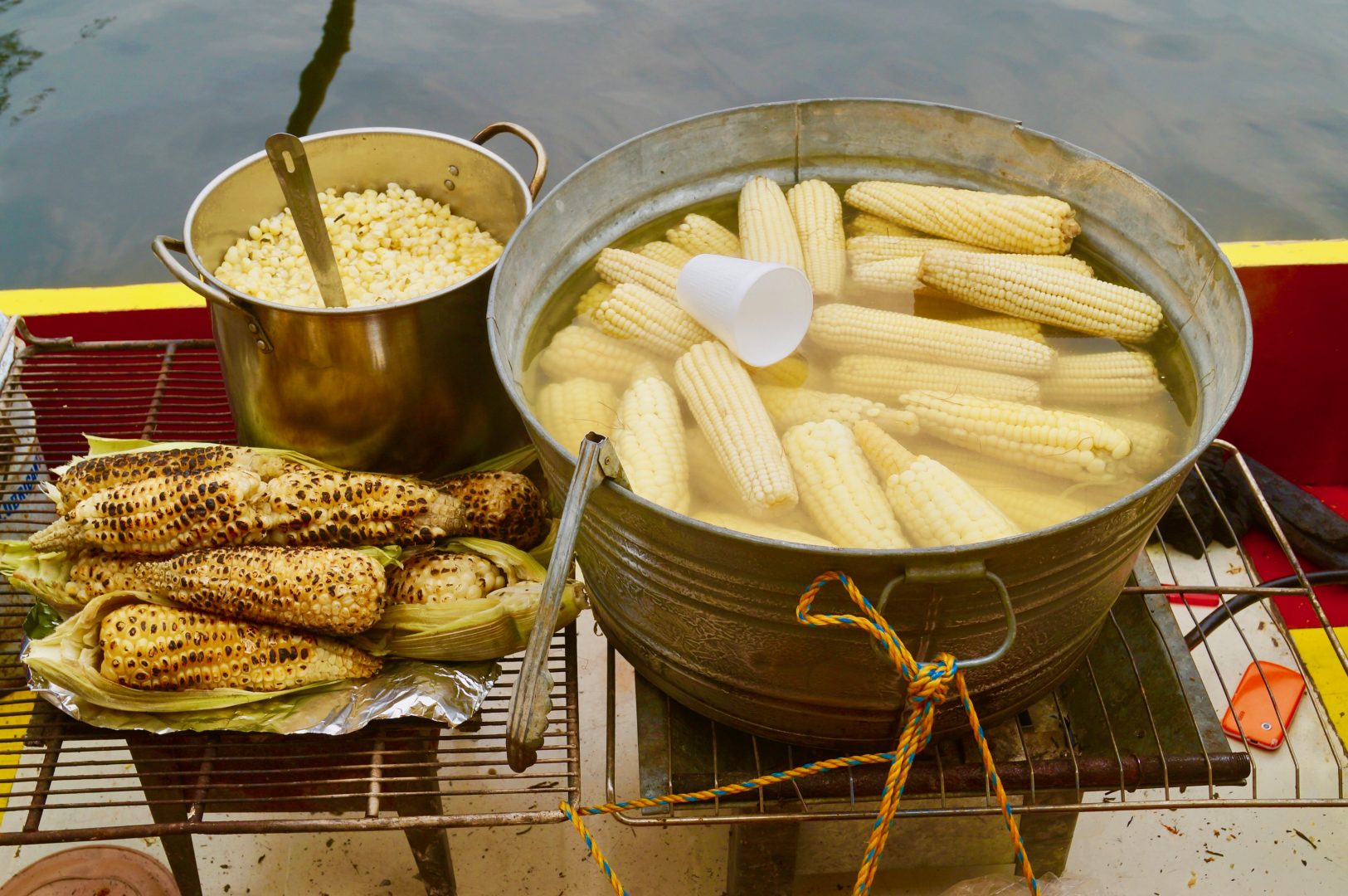
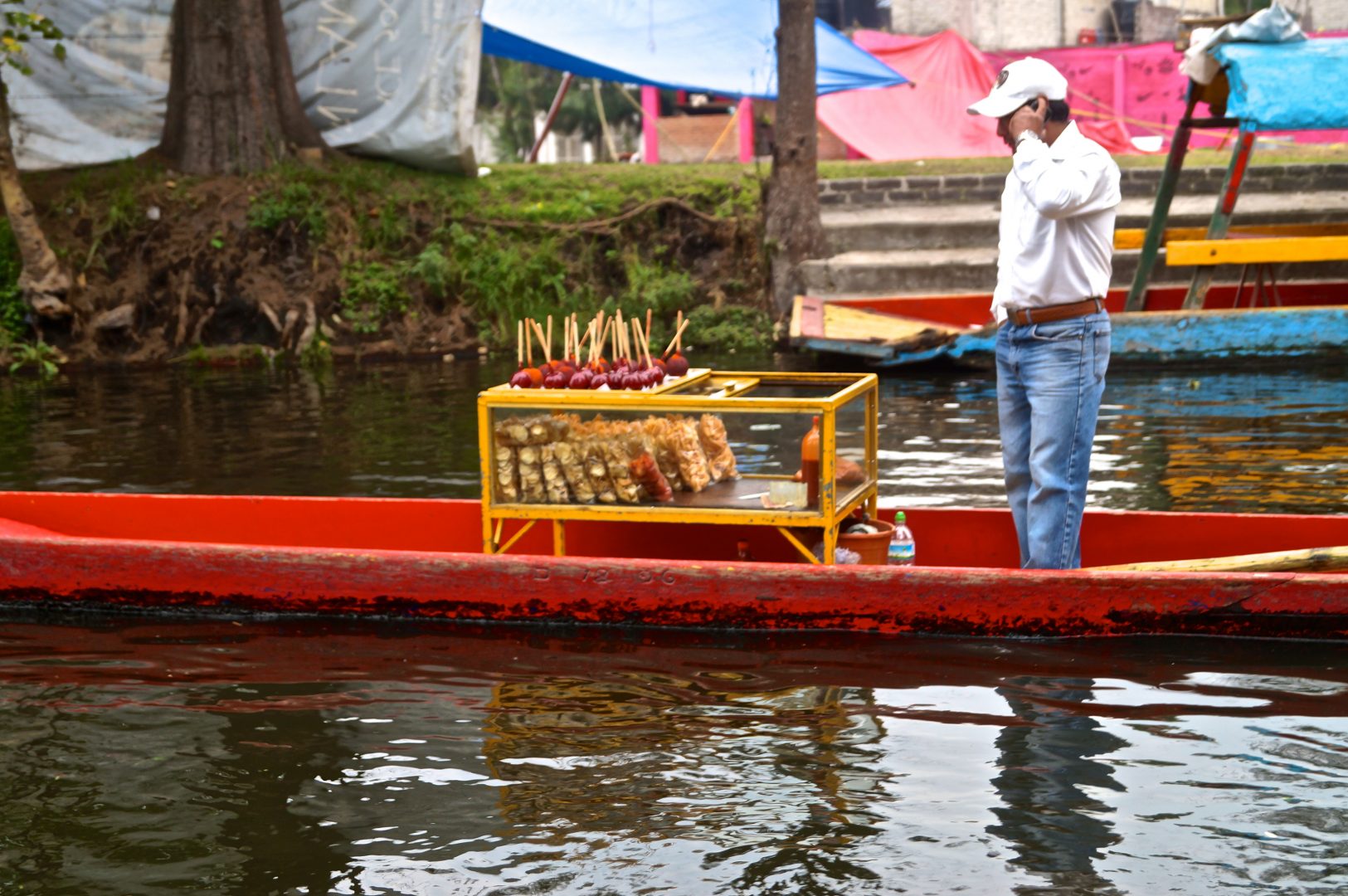
You can have simple beer or michelada which is a beer with salt and lemon typical of Mexico. If you are braver you can take shots of tequila, but I stopped doing that after my university years. In Xochimilco people are very happy and without a doubt the liquor is part of the cause.
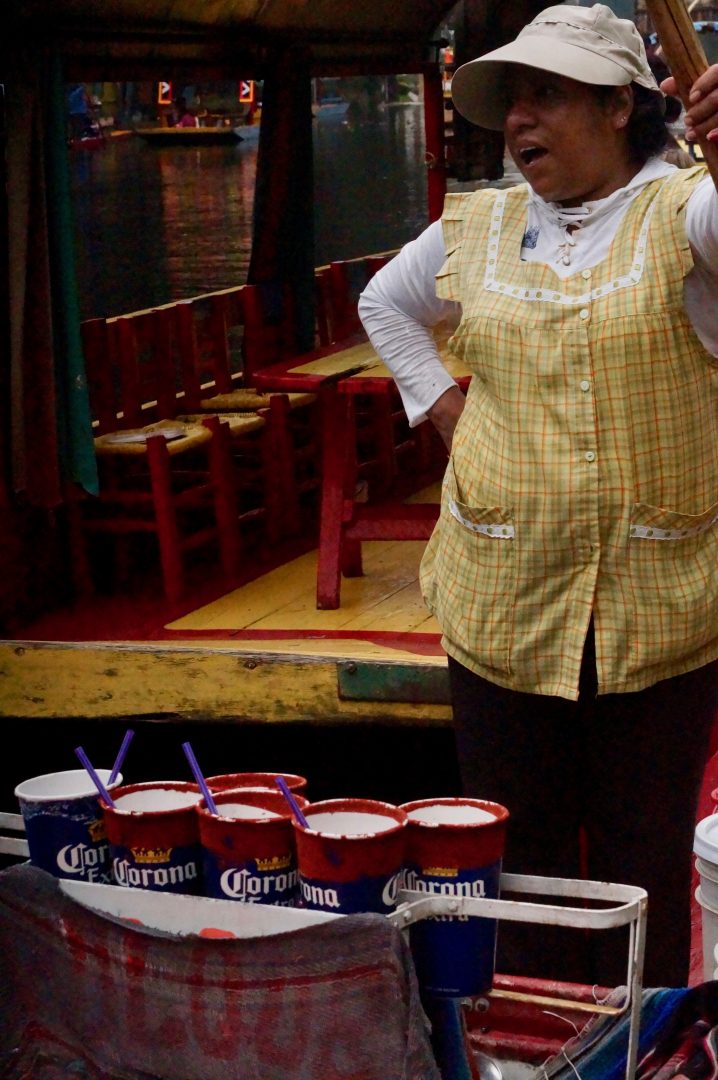
If you do not like mariachis you are in trouble, because there are mobile bands in the water that pass by your trajinera waiting for you to tip them. You can ask for a song or they even ride in your trajinera to sing. When we went there was a birthday and the musicians were singing ‘Las Mañanitas’.
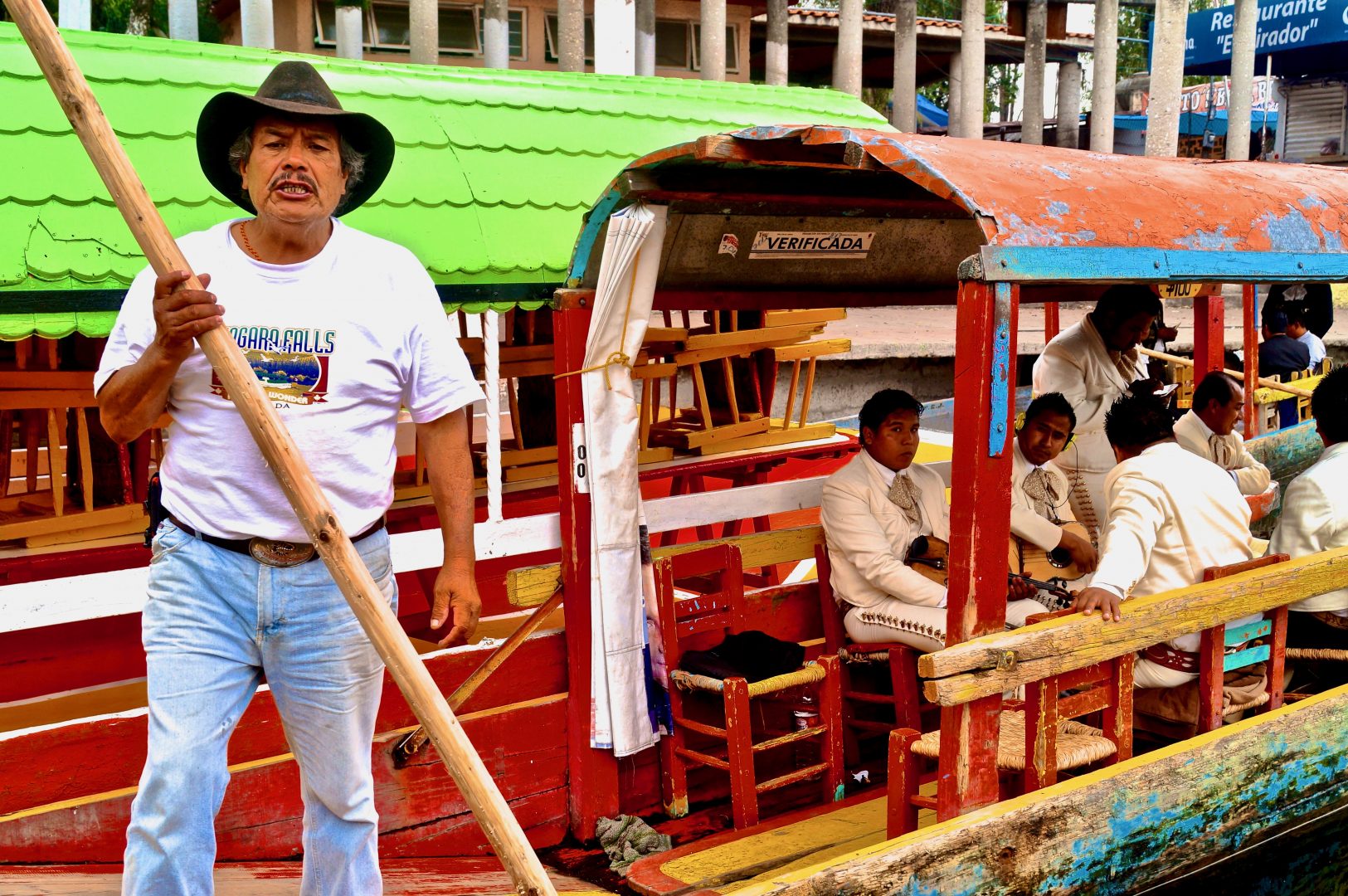

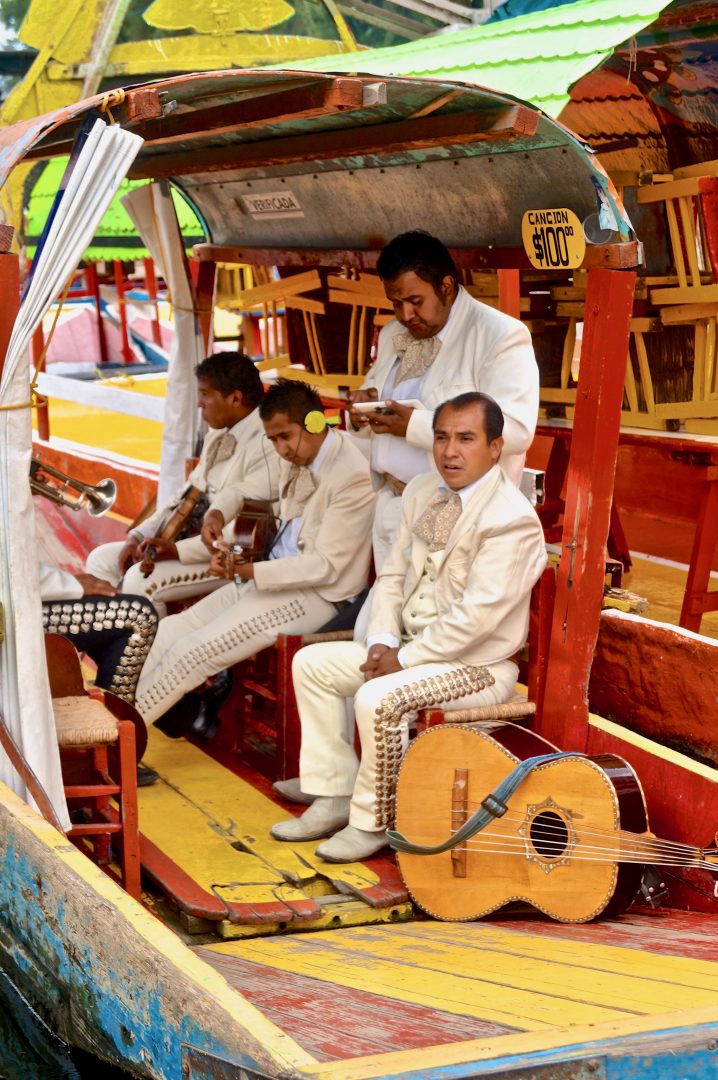
The drivers of the trajinares use a long wooden pole to guide the boat while they take you through the 170 kilometers of navigable channels.
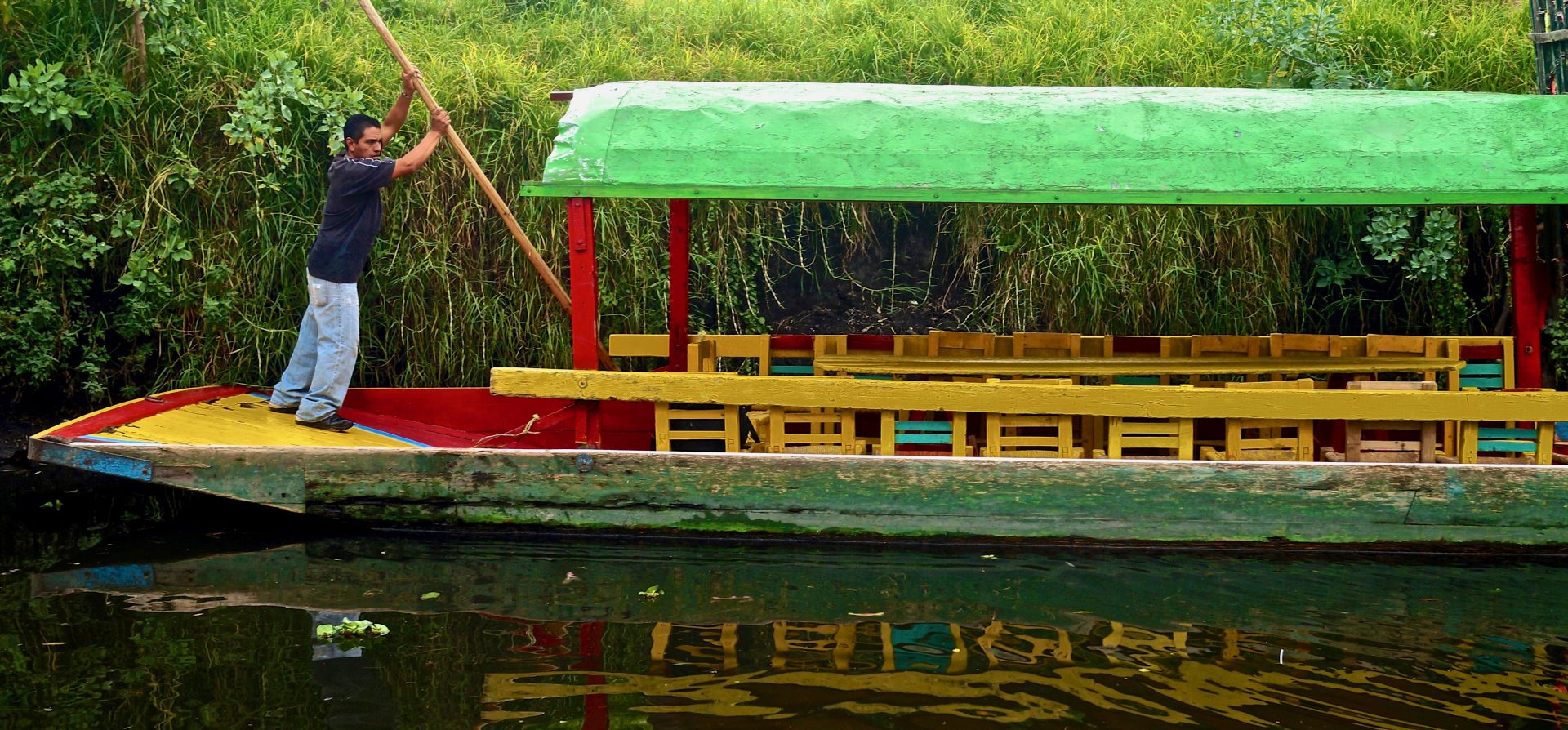
One of the most curious and macabre things is the Island of the Dolls. This island was built as a commemoration of a girl who drowned many years ago on an island and her caregiver, Don Julian Santana Barrera, could not save her. A few days later he saw a floating doll and hung it up. Bewitched by the spirit of the girl, he began to hang more dolls until he covered the whole island. More than 50 years later the caregiver drowned in the same place where the girl died.


History of Xochimilco
Xochimilco translates to ‘flower gardens’ or ‘the place where flowers grow’. The gardens are called ‘chinampas’ and although they are called floating gardens, the reality is that they are small fixed islands built by the natives. They use mud and silt to create them and put trees on their surface for the roots to keep the land of the islands united. The Aztecs used these islands for agriculture, growing fruits and vegetables. The abundance of water and nutrients made them very fertile. You do not see much agriculture anymore, but there are nurseries full of beautiful flowers along the way.
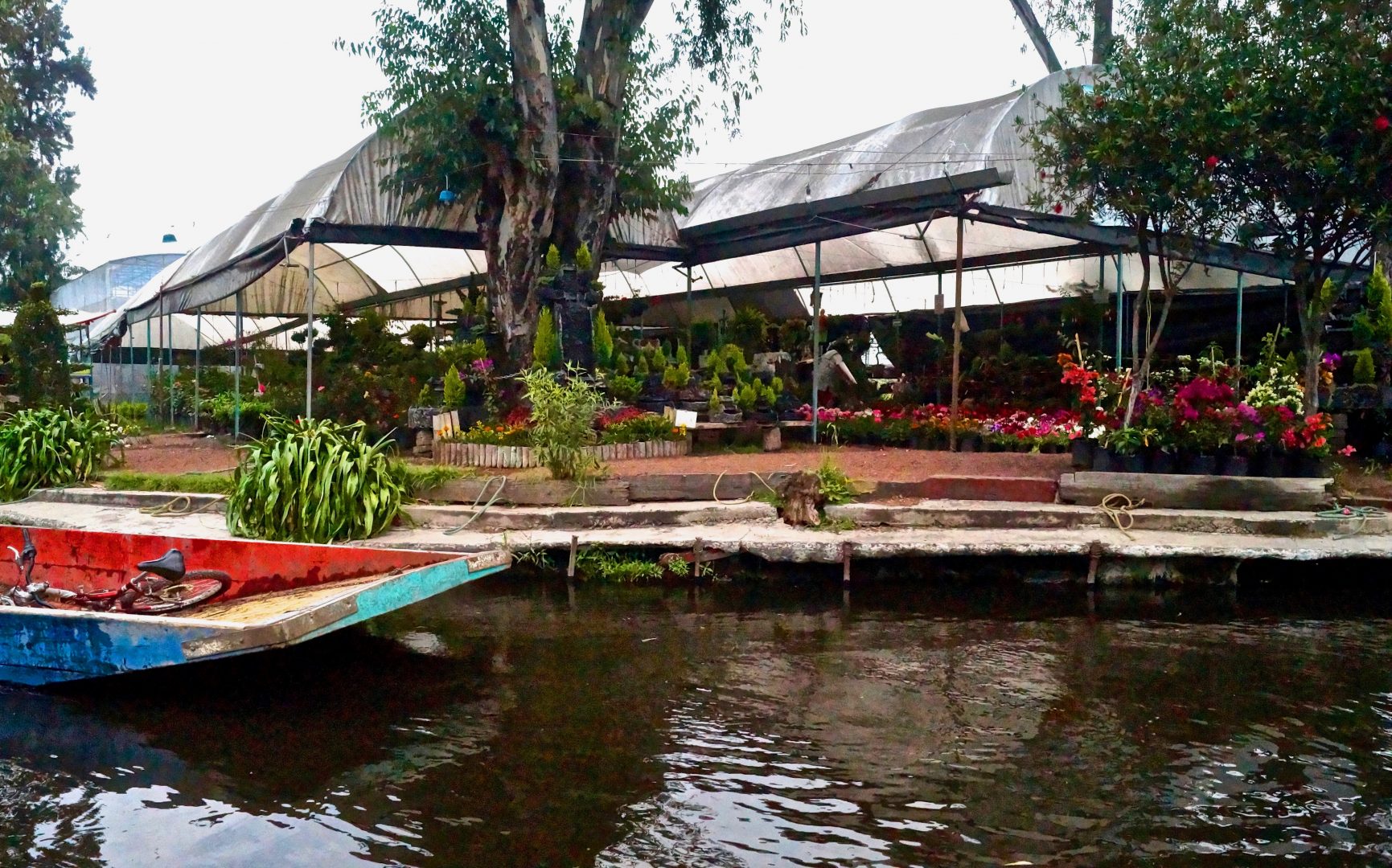
The inhabitants of Xochimilco were conquered by the Aztecs who used the area to feed their population. During the peak period, Chinampa’s system had extended to 22200 acres and produced food for thousands of people. The canals were built to bring food to the city. Even Mexico City had canals that were later covered by the conquistadores.

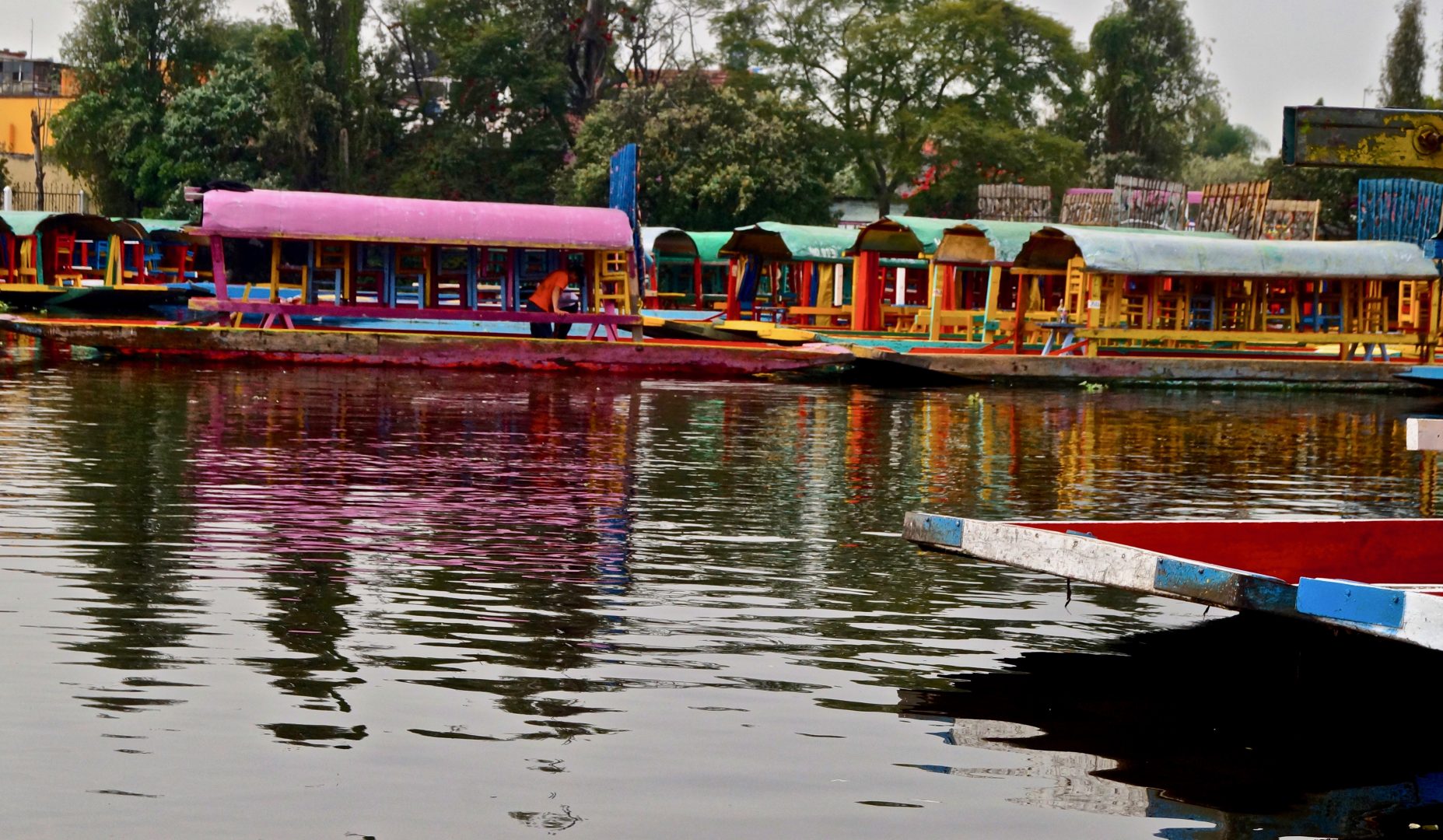
From the 1920s it began to be a tourist site known as the “Venice of Mexico”. In 1987, UNESCO declared Xochimilco as a World Heritage Site. Some 2,000 hectares that make up the natural park are threatened by people who live illegally in the area, contributing to pollution.

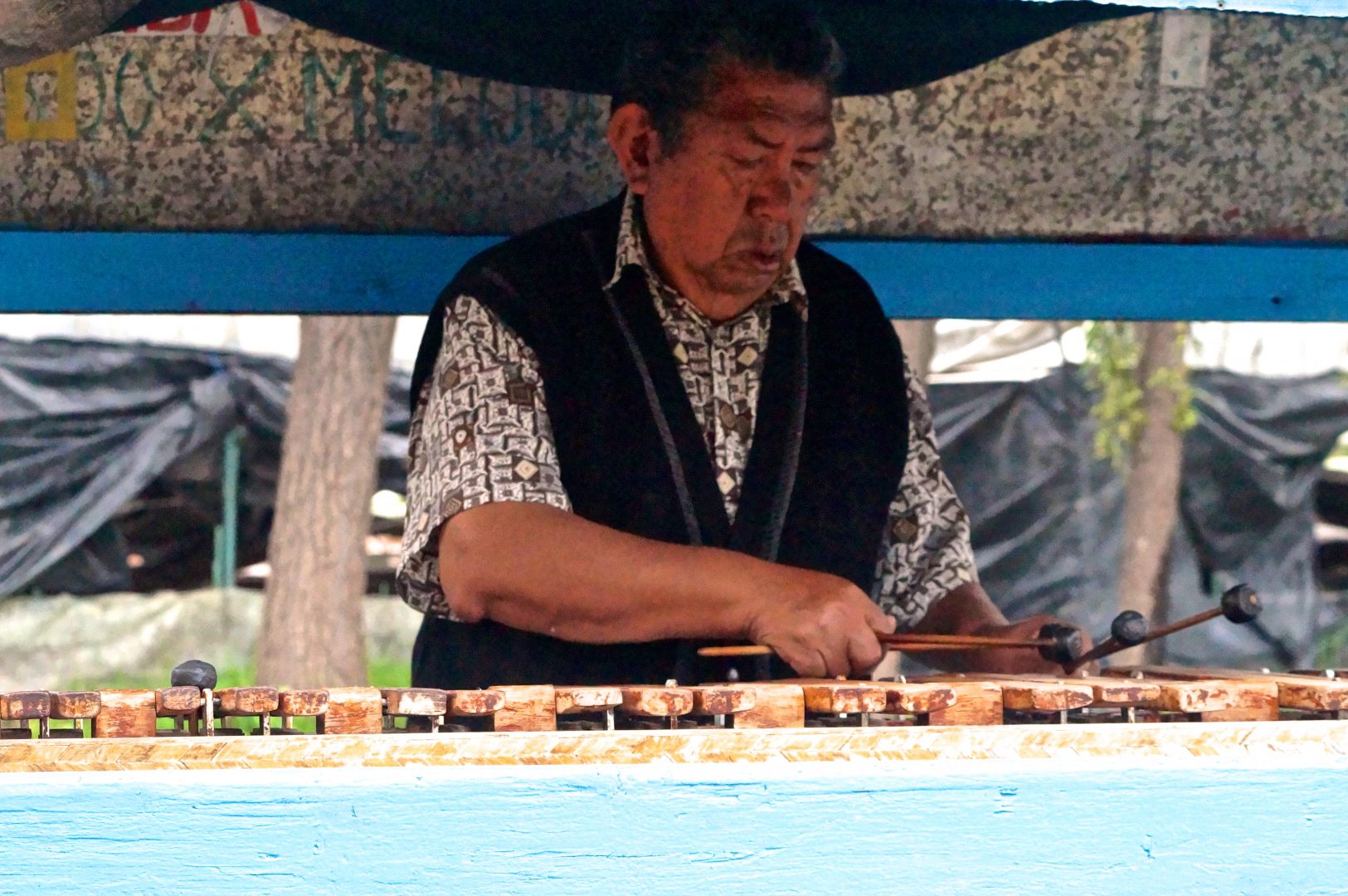
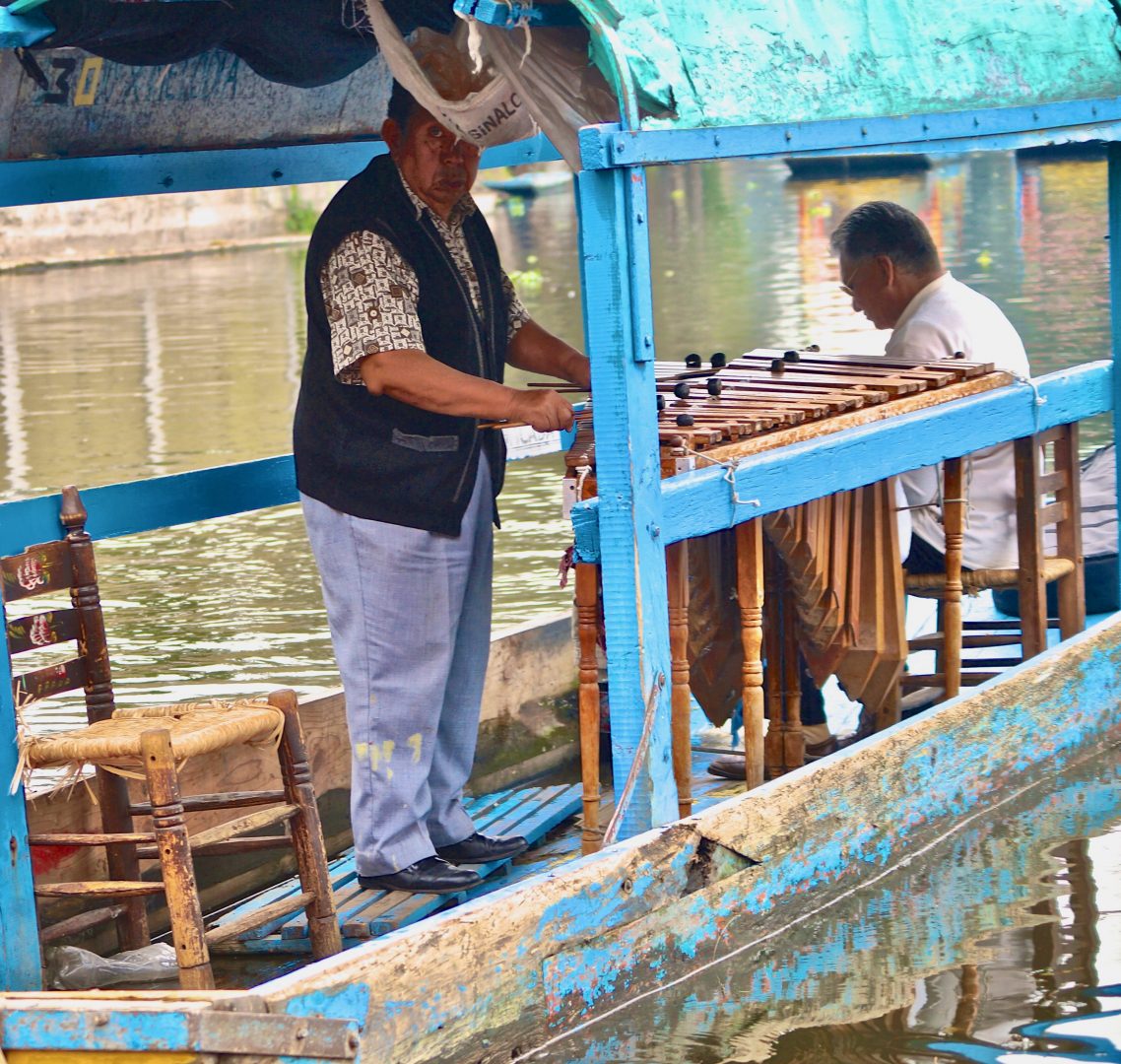
Today, it serves as a refuge for more than 150 birds and 70 species, including the axolotl salamander, which is in critical danger. Some 350 species of birds have been found in the nesting area in their migration from Canada and the United States. Foreign species are threatening the area. Water lilies were introduced from Brazil in the 1940s causing the loss of minerals and oxygen from the water due to their excessive growth. Then in the 1960s the carp and tilapia were introduced, which eat the axolotl eggs. This added to the deforestation is causing the disappearance of Xochimilco. Fortunately, there are ecological groups that are making a great effort so that more tourists can continue to enjoy this colorful Mexican destination.
